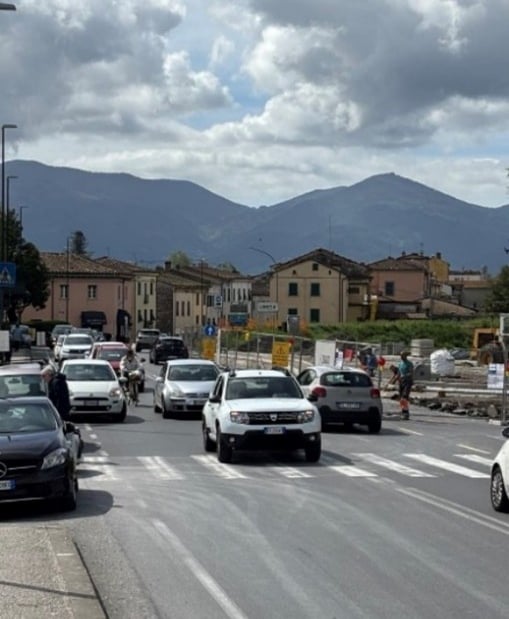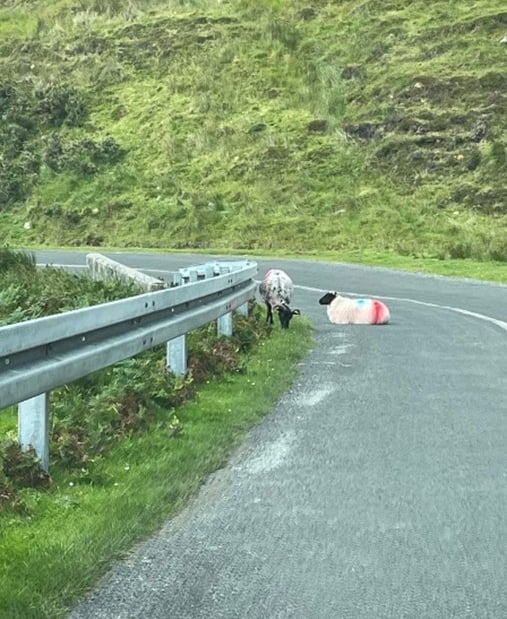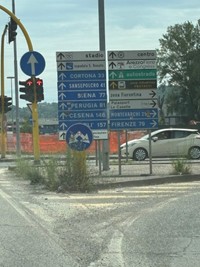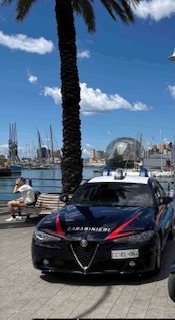How to Prepare for Driving in a Foreign Country
You can get lost, or at least make a wrong turn or three, when driving in foreign countries. Here are some observations we made.
TRAVEL
6/5/20254 min read


I have been driving for over 46 years. I‘ve ridden motorcycles of all sizes and driven tiny economy cars up to a ten-speed diesel truck. I received Emergency Vehicle Operator Course training during my 8+ years as an EMT. While I am no expert, these are my observations and opinions from my personal experiences after driving in America, Mexico, Ireland and now Italy. There is information based on my experience, but no legal recommendations.
What were my own questions and concerns initially before driving in other countries?
1. Is it legal for me to do so with only my Washington state license and insurance?
Yes and no. It depends on the specific country. Your chances are about 50/50 that you are required to have an International Driving Permit (IDP). Out of that half, about half of those recommend you have one. What can happen if you don’t? Again, it depends, but up to and including being detained, having your rental vehicle impounded and steep fines. Most rental agencies won’t rent a vehicle without you providing the original for them to photocopy.
2. What is an IDP and how do I acquire one?
An IDP is a document that translates your existing driver’s license into multiple languages. It is not a replacement for your license, and both must be carried with you when driving. In the US, these are obtained through AAA. Do NOT get one online or through other agencies. Those are NOT acceptable according to the State Department. I think ours were $25 and required a passport style photo that can be purchased for another $15-20.
3. Will I be able to read/understand the road signs?
Yes and no. Many road signs and markings have been pretty intuitive. Quite a few have not. We spent a bit of time researching basic traffic laws and watching videos on driving in each of the countries we have traveled. We HIGHLY suggest doing so if you plan on driving in a foreign country, and not just trying to figure it out along the way. Stop and think how you react when someone is driving much slower, in the wrong lane or area, and stops, turns or proceeds where they shouldn’t. You’re going to react that way abroad but doing it less and without it being illegal at the same time will make the stress much less on you and potentially your wallet.




You’re going to speed unknowingly and/or go way too slow. Embrace the experience or you may be overwhelmed. None of the places we drove were for the timid or faint of heart. I’m just saying you need some self-confidence and thick skin.
4. Will my insurance work?
Many people are aware of how using certain credit cards will cover specific amounts/conditions of a rental car. However, different countries may have their own minimum required insurance outside of what your credit card provides. Check your coverage in detail. They are extremely specific in all that very fine print.
In Ireland, we went with the credit card provided coverage, “free”. Not without having to stand firm in the face of their hard-sell tactics implying that we couldn’t use the insurance from the credit card paying for the car.
Although we still had the same credit card, in Italy, we chose to go with full coverage offered through the rental agency. It was about $40 more for 4 days with no deductible. Otherwise, the deductible would have been $1600 with their required minimum and our credit card coverage. After witnessing the driving here already, and the conditions of some of the roads while bicycling, we decided it was reasonable.


6. In Ireland, how hard would it be driving on the opposite side of the road while shifting with “my opposite hand” and steering?
This was not nearly as difficult as one might expect. Actually, it was pretty easy, and having a ‘co-driver’ made it even more so. We both remarked that although it raised the heartrate more than a few times, it was truly fun.
Overall: Plan accordingly. Research prior. Purchase the insurance. Get your International Driving Permit. Study the laws and signage. Having an excellent passenger/navigator/sign reader/sign interpreter/ parked car spotter/ parking space finder etc. Is invaluable!!
Most of all, have fun. May the mistakes you make be something you can laugh at later, not something serious.
5. What happens if I get pulled over?
I did. We were pulled over by police in Puerto Vallarta and I used my phone’s interpreter app. to get me through a very nervous exchange. I still ended up getting pinched for a roadside “fine”, but I was able to communicate and understand well enough to avoid having to follow them to the local police station on top of it all. Pro Tip: Have your translator app on the first screen of your phone and play with it at home. Learn how to use it PRIOR to travel. I can’t tell you how many times ours has prevented us making a mistake or clarified something critical in a rushed situation.
